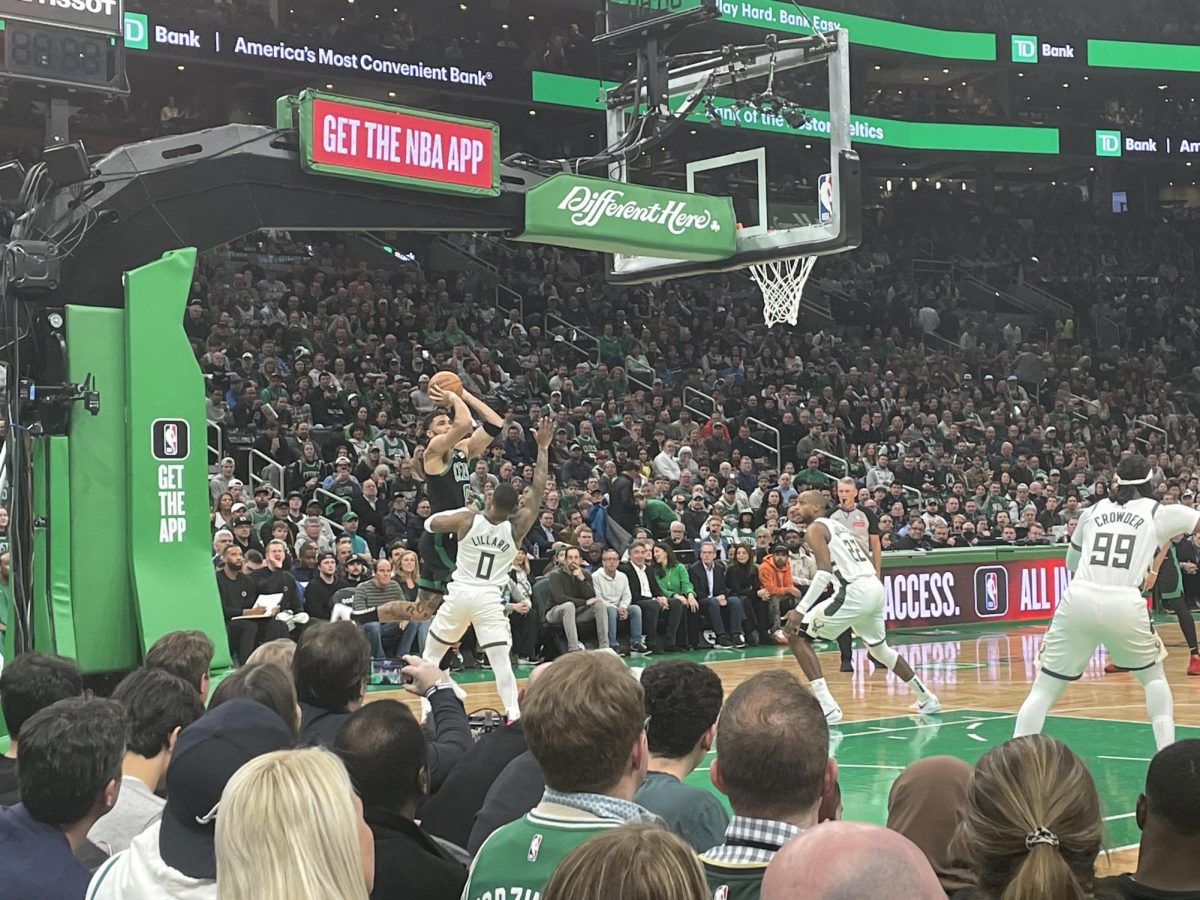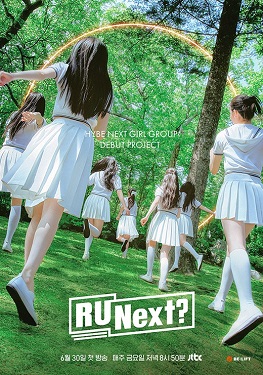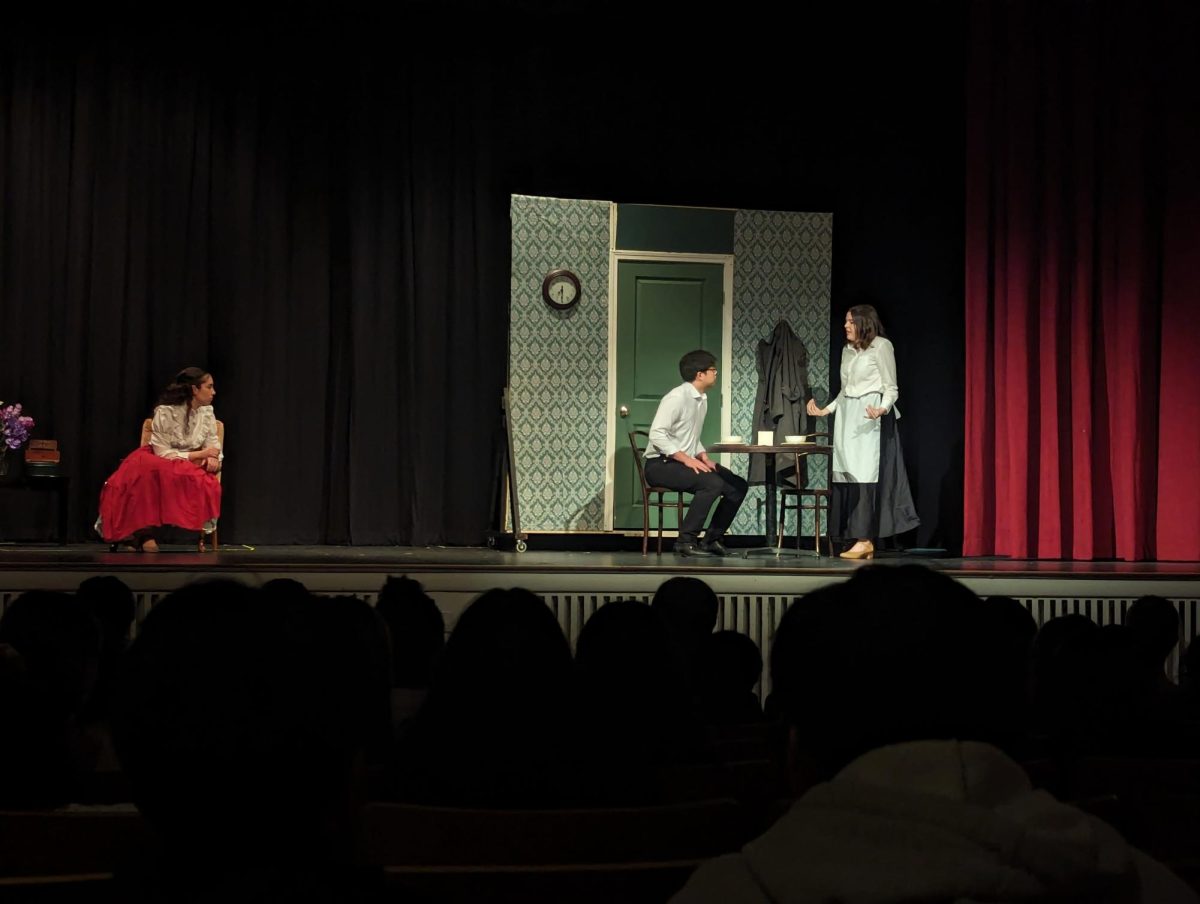THANK YOU SNOVYA SONG FOR HELPING ME WITH THIS ARTICLE!
What comes to your mind when you think of classical music? Old guys with white hair? Boring, dull music that’s only good for relaxation and sleep? Ballet music? Long music? Emotional, soothing music that people pretend to be deeply involved in? While some of these things are true for some pieces, THIS IS MOSTLY WRONG. When people think of classical music, they might think of music that’s between the medieval times and the 20th century, meaning around the 1400’s to the 1900’s, which is a rather long period of time to be speaking of. Technically, the Classical era of music took place around 1750-1850 that’s only a fragment of time compared to the amount of time other music eras were (as you may remember from music class). In fact, numerous famous composers that might come to our mind when we think ‘classical music’ weren’t even living during that era. For example, Tchaikovsky, the guy that wrote “The Nutcracker” and “Swan Lake”, was part of the Romantic period. Moreover, Beethoven’s 9th symphony (which includes the famous “Ode to Joy”) was written during the transition between Classical and Romantic music. Bach, who is considered ‘The Father of Music’ and ‘the OG composer’ by many classical musicians, was alive during the years of the Baroque Period, which was around 1600-1750.
People in other parts of the world enjoy their traditional music a lot. I play two styles of violin, Western Classical (which includes the composers I mentioned above) and South Indian Classical (a.k.a Carnatic Style). After playing both styles for quite some time, I’ve noticed a lot of things. If I suddenly start playing a song from Carnatic music in a friend or family gathering, everyone will come together and start listening. Many people might even sing along. Everyone is enjoying the music because everyone knows it. Grandparents, kids, and everyone in between are very familiar with the songs. Maybe it’s because the songs are mostly religious, so they are played in places like temples, but even the non-religious people enjoy the music a lot. In India, classical music is not seen as old or boring (and there are a lot of songs like that), but a way to connect to the past and tradition! If I start playing a Western Classical piece, will anyone even notice? I’ve seen people start getting tired, sleepy, even yawn in front of my face. Maybe the adults try to smile, but you can tell that they are probably bored out of their mind. And I’m not just talking about Indian people. I feel like EVERYONE does this, especially the people from the west.
Classical music is actually really complex, advanced, and energetic. Many pieces are so fun to listen to. Classical music is also a lot more diverse than pop music. What I mean by that is that the pieces themselves have so many different parts. One movement might be a calm, beautiful melody and the next be a crazy mad thunderstorm. Unlike how pop music has most songs with the same rhythm or mood throughout the song, classical music reaches all emotions and creates a whole spectrum of moods. Classical music is so advanced, and people should stop viewing it as old and boring.
Now about the length; classical music is a bit more lengthy than music now. And for people who have short attention spans, the more fast energetic pieces might be best. Even for me, I can get bored really quickly when a piece gets longer than 10 minutes. One time my friend showed me Mahler’s 5th Symphony. It’s more than an hour long! Just looking at that made me only want to listen to the first five or so minutes. Of course, the music is only an hour long because of all the movements that are in the symphony, and the movements are not too long. Another thing I’ve realized is that the more you listen and appreciate classical music, the more likely you will listen to the entire thing.
If there’s one thing I want to keep clear out of people’s minds, it’s that CLASSICAL MUSIC IS NOT ALWAYS PLAYED BY OLD PEOPLE, AND IT’S NOT OLD PEOPLE MUSIC. There are a lot of great musicians and soloists that are pretty young, such as Hilary Hahn (violinist), Ray Chen (violinist), Maxim Vengerov (violinist and violist), Brett Yang and Eddy Chen (violinists) who run the Youtube channel ‘Twoset Violin’ (which I definitely recommend), and Lang Lang (pianist). Ray Chen, Brett Yang, and Eddy Chen are all under the age of 40. Hilary Hahn and Maxim Vengerov are under 60.
There are a bunch of people that explain classical music and show the history behind it really well! Twoset Violin is excellent at explaining music, but even if you’re not a crazy music person, their Youtube channel is a wonderful source for entertainment! Ray Chen has his own Youtube channel where he shows a lot of things about classical music as well.
One thing I noticed about classical music is that it’s a lot more enjoyable when you know the story, so here are some pieces I would recommend with some of the stories and history behind them!
“Romeo and Juliet Overture” by Pyotr Ilyich Tchaikovsky (1840-1893)
https://www.youtube.com/watch?v=f6qZUCi7ToQ*
Drawn by the emotional depth in the play and the romantic themes (Tchiakovsky was there during the romantic period), Russian composer Mily Balakirev gave Tchaikovsky the idea of taking Shakespeare’s Romeo and Juliet into a piece. It is also believed that Tchiakovsky might have put some parts of his personal life into the overture as well. Despite this piece having the same name as the famous play, it was not written to be played alongside it. You can feel the intensity that is portrayed in the novel in this piece, as it is calm in some parts and very energetic in others. When it was first played in 1870, many people weren’t a fan, so it got revised, with a final version made in 1880.
*If you don’t have time to watch the entire thing, watch the first 6 minutes to get a taste.
“March of the Scaffold” by Hector Berlioz (1803-1869)
https://www.youtube.com/watch?v=598i8b3HGrw
March of The Scaffold is the 4th movement of Berlioz’s Symphonie Fantastique. This entire symphony is full of so much emotion that it almost paints a story, but one remarkable part I would like to mention is March of the Scaffold, my favorite movement! The symphony, or rather, the story, begins as an artist is introduced. He is in love with this beautiful woman, but that love, being so strong and powerful, eventually kills the artist, sending him to the guillotine (Berlioz was a big fan of Beethoven and Shakespeare). As the artist marches up to the guillotine with a look of surrender in his eyes, a quiet, almost calming solo starts playing, before a quick, sharp note (the blade of the guillotine) comes, loudly and of fortissimo. Then, two short, quiet notes follow, representing the head bouncing after being chopped off. The crowd is cheering, which finishes the piece. I’ve also heard the story is based off of the French revolution, which makes sense because of the time Berlioz was alive. The King of France, King Louis 16, was going to the guillotine. France got excited when they learned that the Americans beat King George III, and the thought of freedom and liberty wanted them to take down their own king. King Louis gets panicked, which you can feel in the beginning of the piece. The crowd is watching, everyone is excited. Right before the moment, the king’s life flashes before his eyes, before he’s decapitated, his head then bouncing.
“21 Hungarian Dances” by Johannes Brahms
Hungarian Dance No. 4 – https://www.youtube.com/watch?v=r0IuD6rTirE
Hungarian Dance No. 5- https://www.youtube.com/watch?v=ynCEvFaJCZg
Hungarian Dance No. 7 – https://www.youtube.com/watch?v=f6qZUCi7ToQ*
As the name says, the Hungarian Dances are dance music that are lively, calm, and every in between. Brahms made 21 Hungarian Dances and was inspired to write them by violinist Ede Reményi. Brahms became Reményi’s pianist, accompanying him on tours. From spending a lot of time with Reményi, Brahms started to learn about Reményi’s culture and native country, Hungary. Brahms enjoyed Hungarian folk music, and decided to try to make some pieces to the style. I would recommend Hungarian Dances numbers 4, 5, and 7. Hungarian Dance No. 5 is very fast paced, loud, and jumpy. It then goes into a slow melody that has a lot of swelling, then going back to the quick memorable melody. Hungarian Dance no. 7 is a bit repetitive, fast, but has a nice catchy tune, as well as complex finger work. Meanwhile, in Brahm’s 4th Hungarian Dance, the composer employs a slow, grand tune that soon transitions into a stage of a chirpy, almost singsong-like manner, with great pronunciation in the woodwind section. Then, it returns to the theme, where it finishes off in a triumphant high note.
*The last minute is just people clapping.
“Symphony No. 7 in C major”, “Leningrad” by Dmitri Shostakovich (1906-1975)
https://www.youtube.com/watch?v=GB3zR_X25UU&t=1804s
Shostakovich’s 7th Symphony is one of his most notable works, inspired by his time in Leningrad while the Nazis invaded the Soviet Union. It is well-known that as an auxiliary fireman during his time of writing it, Shostakovich would bring his materials onto the roof of the Leningrad Conservatory, working on his symphony while watching out for fire bombs overhead. This piece reflects Shostakovich’s immense devotion to his hometown, the city of Leningrad, and the civilians that were once part of its beautiful society.
“String Quartet No. 8 in C minor” by Dmitri Shostakovich (1906-1975)
https://youtube.com/watch?v=-0nKJoZY64A
Shostakovich’s String Quartet No. 8 was composed as a dedication to the victims of fascism and war during World War II, reflecting its terrible tragedy and loss.
“Pastoral Symphony Movement 1” by Ludwig van Beethoven (1770-1827)
https://youtu.be/m81VOP6dEV8?si=ZfzGnW4hodDNO6bf&t=92
Beethoven’s 6th Symphony, also known as Pastoral Symphony, has a much more simple, calming (though not very quiet in some places) tune. It doesn’t have that very heavy sound that is associated with Beethoven. It is a great piece of music to listen to if you are trying to calm down or for doing homework!
Here are some more pieces I’d recommend. If you want, you can find the stories for all these pieces:
“Mendelssohn violin concerto in E minor” by Felix Menelssohn (1809-1847)
https://www.youtube.com/watch?v=I03Hs6dwj7E&t=87s
“Symphony No. 5 in C-sharp minor” by Gustav Mahler (1860-1911)
https://www.youtube.com/watch?v=9KSESLJ0LWA&t=689s
Symphony No. 1 by Gustav Mahler (1860-1911)
If you want something exciting, look at movement 4. It is the longest though.
https://www.youtube.com/watch?v=cqVIMEQfEd4
“Symphony No. 9 in E minor” by Antonin Dvorak (1841-1904)
https://www.youtube.com/watch?v=JEpe5Sm0mfU&t=16s
“Egmont Overture” by Ludwig van Beethoven (1770-1827)
https://www.youtube.com/watch?v=rQaXiz2J3-0
This is an arrangement of Egmont Overture made by Richard Meyer.

























